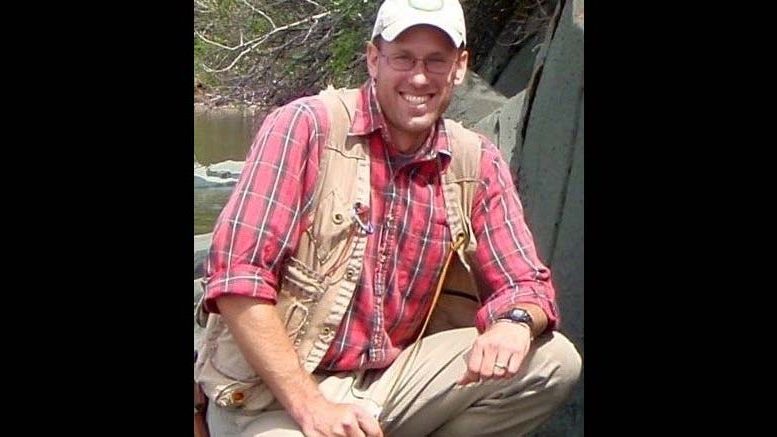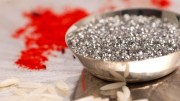Following up on an initial diamond discovery in Manitoba from 2008, a group of prospectors working with the Manitoba Geological Suvey (MGS) has found diamonds in the Knee Lake area of northeast Manitoba.
The Lynx Consortium announced the find in March, and Mark Fedikow, a consultant and member of the consortium, says it opens up a whole new field of exploration potential for the province as well as opportunities for northern and First Nations communities.
“It also demonstrates the value of good geoscience data collection — the Manitoba Geological Survey were extremely important in the discovery because of their geological input,” Fedikow adds.
The Knee Lake area saw exploration between 1999 and 2004 by both majors like BHP Billiton (NYSE: BHP), De Beers and Kennecott and juniors following an MGS multimedia geochemical survey that found anomalous concentrations of kimberlite indicator minerals (KIMs) in glacial till and beach sand. (At the time, Fedikow was one of the MGS geologists who headed up the initial survey.)
The first incidence of diamonds found in bedrock in the province was in 2008 when a microdiamond was recovered an 8-kg split sample of conglomerate exposed in outcrop.
The sample was taken by Robin Day, a member of the Lynx Consortium who Fedikow met after his initial discovery.
In 2016, Day’s company Polaris Capital, Fedikow’s company Mount Morgan Resources, Harold Westdal and John Lee’s company Indicator Explorations acquired exploration licences in the Knee Lake area totalling 500 sq. km.
The consortium worked together with the MGS to put together a sampling program for diamonds to carry out in the course of the Survey’s bedrock mapping program. In late 2016, MGS geologist Scott Anderson collected a sample of conglomerate (Sample 1) and two samples of alkaline ultramafic volcaniclastic and sedimentary rocks (Sample 2 and 3) at South Knee Lake. Microdiamond and KIM analyses of the samples was funded by Fedikow’s consultancy Mount Morgan Resources.
A total of 144 microdiamonds were recovered from Sample 2, a 15.8-kg split, including four diamonds that were larger than 0.3 mm and one that was 0.43 mm. Of the larger stones, four are white/colourless or yellow/transparent and all contained minor or no inclusions.
Since making the discovery in Archean rocks in the Archean Oxford House-Knee Lake greenstone belt, Lynx Consortium has been in talks with companies interested in a potential joint venture at Knee Lake.
Fedikow anticipates making an option agreement with one of them by summer, followed by a program of work that will hopefully determine what the host rock is: Fedikow says the microdiamonds weren’t found in kimberlite.
“We don’t know much about what the host rock is right now. The primary mineralogy of the rock has been replaced — basically it’s a lot of chlorite — sort of a clay mineral.”
Fedikow says it’s possible that the discovery is a new type of deposit or an altered equivalent of a kimberlite.
“It’s an Archean greenstone belt which makes the diamonds a little unusual because most diamonds are younger than Archean in age. But there’s every reason why there could be an economic deposit of diamonds in Archean rocks — it’s just not something that’s been the norm in the past.”
This story originally appeared in the June 2017 issue of Diamonds in Canada.





Be the first to comment on "Manitoba diamond discovery stirs interest"